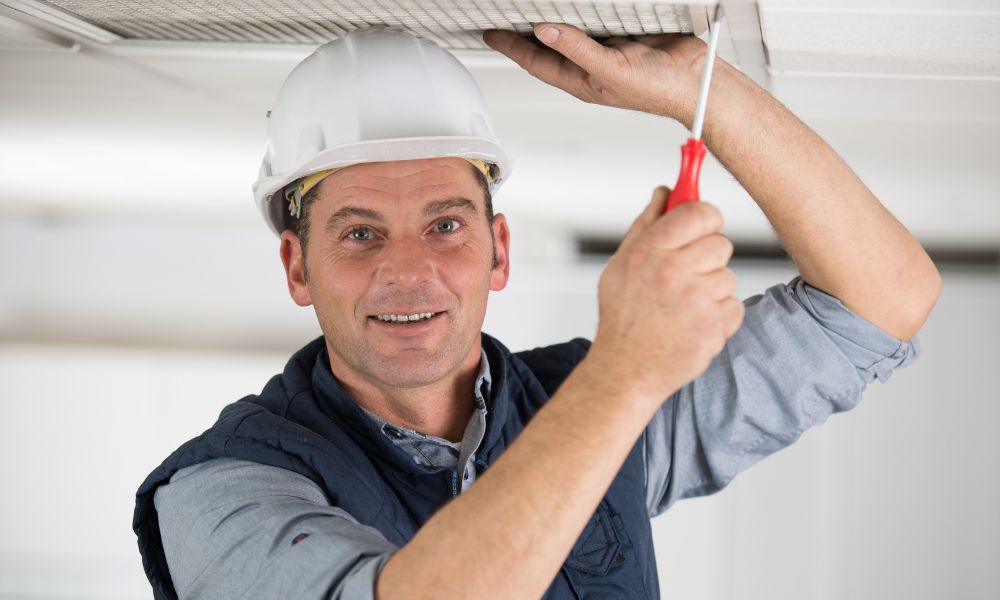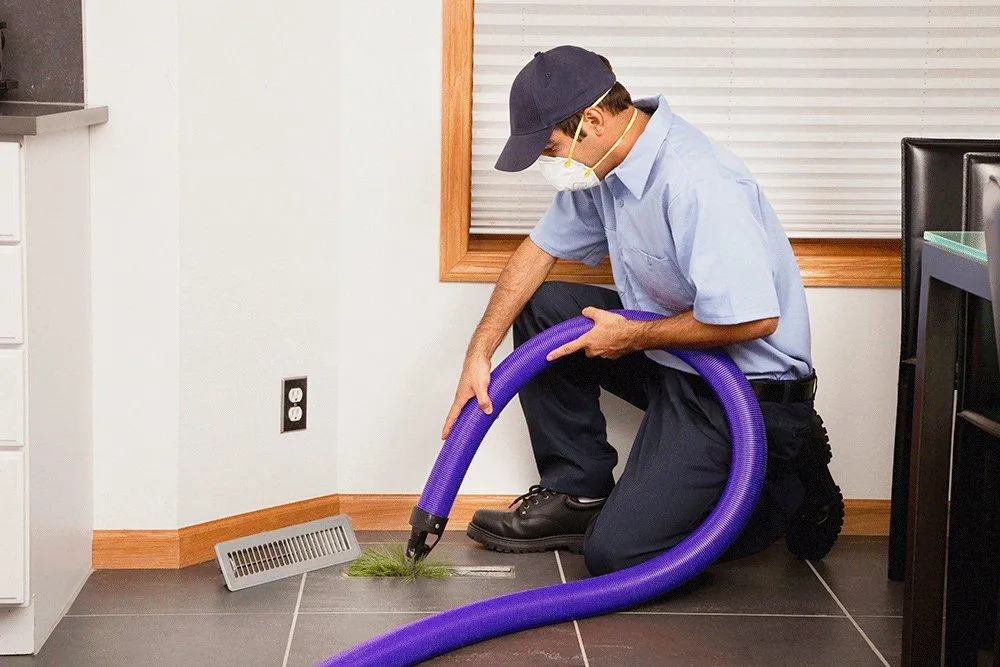For homeowners and business owners alike, maintaining a clean and healthy indoor environment is crucial. One of the most overlooked aspects of indoor air quality is the cleanliness of your air ducts. Duct sanitizing for allergies can significantly improve the air you breathe, reducing allergy symptoms and enhancing overall well-being.
In this guide, we will explore how duct sanitizing for allergies works and why it is essential for anyone suffering from allergies. We will discuss the potential benefits of keeping your air ducts clean and how this process can be a game-changer for your health and comfort.

What is Duct Sanitizing?
Duct sanitizing involves cleaning and disinfecting the air ducts within your HVAC system. This process removes dust, debris, and microorganisms that accumulate over time, which can contribute to poor air quality and exacerbate allergy symptoms.
How Does Duct Sanitizing Help with Allergies?
For individuals with allergies, airborne particles such as dust mites, pollen, and mold spores can trigger symptoms like sneezing, coughing, and itchy eyes. Sanitizing your air ducts helps to eliminate these allergens, providing relief to allergy sufferers.
The Science Behind Allergens in Ducts
Allergens can easily become trapped in your air ducts. Whenever your HVAC system operates, these allergens can be circulated throughout your home or office, worsening allergy symptoms. By cleaning these ducts, you can drastically reduce the amount of allergens in the air.
Signs You Need Duct Sanitizing
Recognizing when your air ducts need to be sanitized is crucial. Common signs include unusual odors, visible mold growth, or an increase in allergy symptoms. For more details on identifying these signs, check out this guide.
The Benefits of Duct Sanitizing
The benefits of duct sanitizing extend beyond allergy relief. Clean air ducts can improve the efficiency of your HVAC system, reducing energy costs. Discover more about these benefits by visiting this article.
Improved Air Quality
By removing contaminants, duct sanitizing can significantly improve the quality of air in your home or business.
Energy Efficiency
A clean HVAC system can operate more efficiently, which can lead to lower energy bills and a reduced carbon footprint.
How to Sanitize Your Ducts
While some homeowners attempt to clean their ducts themselves, it is advisable to hire professionals. Experts have the right tools and knowledge to thoroughly clean and sanitize your HVAC system. Learn about professional duct cleaning techniques here.
Choosing the Right Duct Sanitizing Service
When selecting a duct sanitizing service, consider their experience, reputation, and the cleaning methods they use. Ensure they use eco-friendly and effective products to ensure the best results.
Common Mistakes to Avoid
Many homeowners make mistakes when it comes to duct sanitizing. Avoid these common pitfalls by reading this article.
Skipping Regular Maintenance
Regular maintenance is key to ensuring your ducts remain clean and your HVAC system functions optimally.
Ignoring Mold Issues
Mold growth in ducts can pose serious health risks. Address these issues promptly to maintain a healthy environment. For more information on dealing with mold, visit this link.

FAQs
What is the best time to sanitize air ducts?
It is recommended to sanitize air ducts in the spring or fall when HVAC usage is lower.
How often should air ducts be sanitized?
Air ducts should be sanitized every 3 to 5 years, depending on usage and environmental factors.
Can duct sanitizing help with asthma?
Yes, by removing allergens and improving air quality, duct sanitizing can help alleviate asthma symptoms.
This article contains affiliate links. We may earn a commission at no extra cost to you.